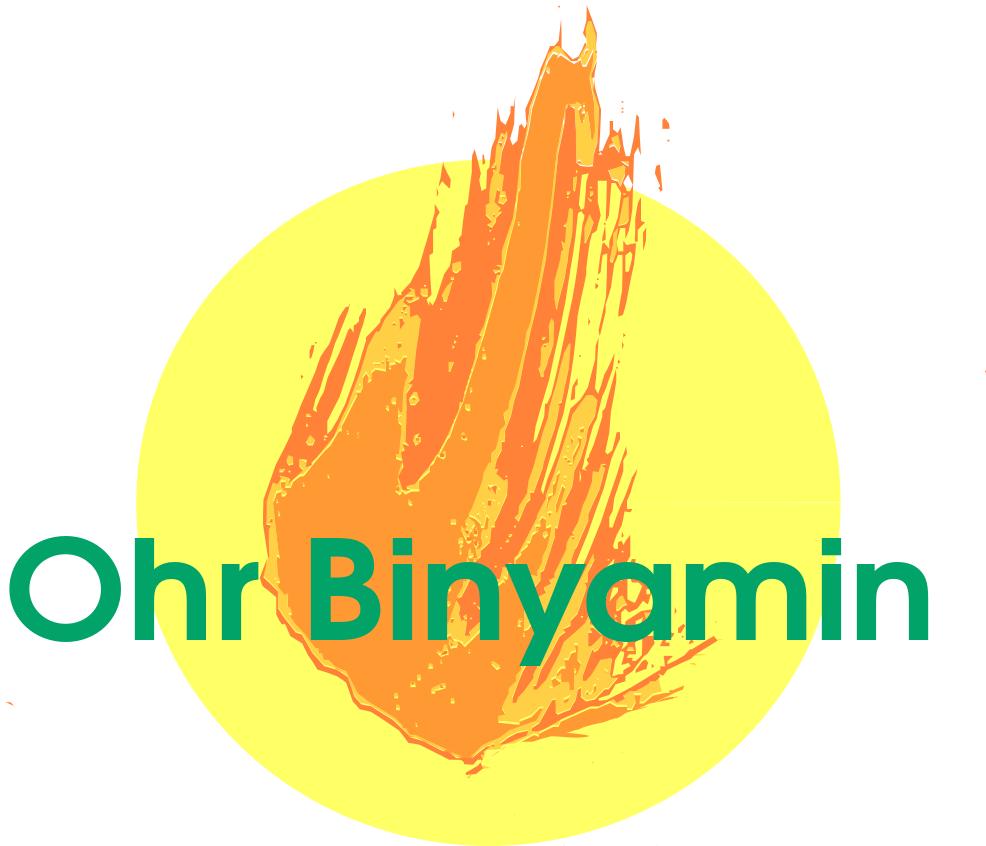
The former Chief Rabbi of Morocco – R. Aharon Monsonego – said “When you teach people about what Torah says marriage – you should teach practical things.”
- Base the Marriage on Growing a Torah Family
When a couple gets married – they have many expectations and dreams. But they do not necessarily have a goal.
Some say “We love each other – that is what is most important.” Firstly is the love real love? [Rather than infatuation and love of oneself] and Secondly, If that is the case – why do many marriages fail? Apparently – one reason is they do not have central goal of building a Torah family.
So some will ask – why does it have to be that goal? Why not another goal – like “let’s raise a family that has a fun time together.” Firstly Define what is fun. Secondly – that will not prevent people from overstepping boundaries and doing whatever they consider fun – which may not be fun for the other family members.
Torah – gives us boundaries of what is acceptable. One such major boundary is what Hillel said to define the central point in Judaism – “What is hateful to you do, don’t do to others.” If that is the goal of each spouse – the marriage is surely starting out on the right foot.
2. Appreciate the Efforts of Others
People recognize the importance of appreciation, usually when they don’t receive proper appreciation. If we did put it into perspective – there are thousands of things to be appreciative about. One could make a goal of giving one compliment a day to each family member. Or two compliments a day.
If we really appreciated life – everyone would become a Torah Jew. Why? Because you could probably write a list of one-thousand things to be thankful for daily. So let’s say thanks and appreciate our family and Hash-m.
3. Focus on Giving – Not Taking
Some come into marriage expecting to be served. If one wants to take – they will find many reasons to complain. If you focus on giving – you will find many ways to do so – which helps one to have a healthy marriage.
4. Work on Middot
Marriage is one conduit for a person’s self-perfection. Our goal is to emulate Hash-m. Being magnanimous – will get you far. If one thinks that marriage is a perfect opportunity to become a better person things will change their outlook 180 degrees. What once was a terrible thing to be dishonored – becomes an opportunity to work on humility. What once was a terrible thing to be insulted – becomes an opportunity to work on not being overly sensitive. Obviously there are limits – but every encounter in life is an opportunity to express our displeasure or to grow into a more beautiful individual.
5. Have a Common Rabbi to Ask Questions.
Each couple should have a competent orthodox Rabbi in which to ask questions – when disagreements arise. In a marriage – disagreements do arise. So to have someone that has Daat Torah – will help the couple to guide the marriage in a way that is positive and a way that will create agreement – not disagreement.
People who will hear and apply – this will work. For people who will not – “You can bring a horse to water but you cant make him drink.”




